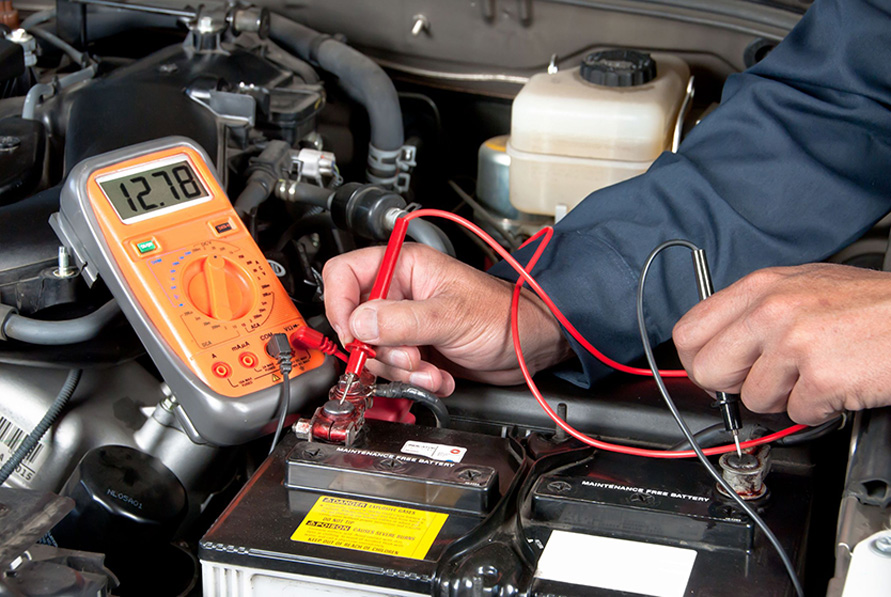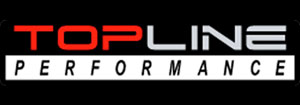QUALITY CAR MAINTENANCE
Preventative maintenance is the best kind of maintenance when discussing matters concerning cars. In this section we cover a wide variety of automotive problems and fixes. Included are tips on how to keep your vehicle in tip-top shape. Other topics addressed are tire, engine, air conditioning and heater questions.
Ten Good Reasons To Invest In an Annual Car “Physical” And Needed Maintenance
- Cut repair costs. Discovering a worn component before it creates major problems can save big money.
- Safety. A poorly maintained vehicle can drive you into a serious accident,
- Better performance. This translates to improved fuel economy as well as “drivability”.
- Saving the environment. Under maintained vehicles is a serious contributor to air pollution.
- Improved trade-in/resale value. A well maintained vehicle can be worth 2-3 times as much as one that’s been neglected.
- Better handling. Incorrect wheel alignment, worn suspension components and/or tires cause poor ride and handling.
- Ability to plan ahead. When a checkup indicates future need for replacement of a part you can budget accordingly.
- Dependability. A well maintained vehicle is less likely to stall, fail to start or otherwise leave you stranded.
- Driving enjoyment. It’s more comfortable and more fun to drive a car that holds the road and rides well.
- Pride of ownership. It’s said that your car is an extension of your personality. Keeps it looking like you care?
Topline Performance has flexible operation which helps it to leverage it’s operations to produce a variety of automotive components. Core competency of Topline Performance is in providing professional repair service for SUV’s, Light Trucks, Domestic Cars, Foreign Cars, Vans and Fleet Services. We want to be your automobile, auto mechanic and auto repair shop of choice for all your car repair needs. So from anywhere in the Orange County you can reach or contact us.

ENGINE CHECK: A cars engine generates enough heat to destroy itself. The cooling system protects against damage keeping the engine operating within the correct temperature range. Regular checks and maintenance help assure long life of vulnerable engine parts.
HERE’S WHAT’S INVOLVED IN PROPER COOLING SYSTEM MAINTENANCE.
CHECK CONDITION OF WATER PUMP
- Inspect radiator for leaks, corrosion
- Be sure you have plenty of coolant. Caution: never open or remove pressure cap when engine is hot
- Look for leaking hoses and connections tighten loose clamps
- Check condition of the radiator pressure cap replace if rubber gasket is damaged
- If the engine runs too cool the thermostat is probably at fault and should be replaced
- Inspect condition of hoses. Cracked, mushy or otherwise deteriorated hoses should be replaced
- Heater hoses demand attention, too. Look for leaks, cracks, rotted rubber. Replace faulty clamps
- Check belts for wear and tension. Replace when cracked or frayed. Usual life is about 4 years.
COOLING SYSTEM CHECK: Unfortunately, many motorists wait until the first severe cold snap or the hottest day of the year before paying attention to their cars’ cooling system. This often results in “crisis repairs” rather than preventive maintenance. The following tips from Automotive Cooling System Institute help avoid car trouble.
COOLING SYSTEM “TUNE-UP” CHECKLIST
- Flush dirt, bugs and leaves from front of radiator with a brush and garden hose
- Inspect the radiator cap. Replace it if the rubber gasket is broken, dried out, or missing
- Check the condition and level of coolant. If it is rusty, clean the system and replace with a 50/50 mixture of water and ethylene glycol anti-freeze
- Inspect radiator and radiator hoses for leaks, cracks or soft, mushy condition. Tighten all clamps. Replace hoses as needed
- Look for the heater hose running from the engine, through the fire wall, to the heater core under the dash. Replace swollen or cracked hoses. To check the hoses, start the engine and turn on the heater. If after ten minutes the hoses are cool, they could be clogged
- Inspect all engine belts for wear and cracks. Replace if worn, cracked or glazed. Adjust loose belts. Note: Some engines have a V-ribbed belt that drives some or all of the accessories. If the belt grooves show excessive cracks or “chunking”, replace the belt
- Check the thermostat operation by running the engine for 10-15 minutes. Generally, it’s OK if you can feel warm coolant surging through the upper hose. Beware of an engine that runs too hot or too cool. Tighten loose bolts on the thermostat housing at the engine
- Clean the engine exterior. Excessive oil and dirt will hide leaks, or insulate the engine, causing it to run hot
CLEAN FLUSH REFILL: To avoid problems resulting from rust, dirt and mineral deposits in the cooling system, it’s best to give it an internal cleaning every year or two.
IT’S EASY. HERE’S HOW:
- Begin with the engine cold and ignition off. Remove the radiator pressure cap.
- Open the petcock at the bottom of the radiator and drain the coolant into a bucket.
- Close the petcock and fill the radiator with water.
- Start the engine and turn the heater control to hot. Add cooling system cleaner and idle the engine for 30 minutes (or as per the instructions on container).
- Stop the engine and allow it to cool for five minutes. Drain the system.
- Close the petcock, fill the radiator with water and let the engine idle for five minutes.
- Repeat step No.5. Close the petcock.
- Install new 50/50 mixture of water and ethylene glycol antifreeze/coolant
PREVENTIVE CAR MAINTENANCE: Don’t worry about a dead battery or flat tire anymore,” high school senior Candy Cool told her dad. “I have a car phone now.” More and more drivers, of all ages and both genders, rely on their car phones for an added measure of security when traveling. Does that marvelous companion provide a false sense of security? Maybe so, suggests the Car Care Council. It can’t take the place of maintenance. Several measures that can reduce the risk of a breakdown are offered by the Council. It begins with a complete checkup and servicing of the cooling system Cooling system service for cold weather? Neglecting that important service can result in overheating, says the Council, often leading to major damage. After a summer of extreme heat, rubber components, including cooling system hoses, should be inspected for deterioration. Radiator and heater hoses, which circulate hot, pressurized antifreeze/coolant throughout the engine, also are subjected to extreme under-hood temperatures.
WHERE RUBBER MEETS THE ROAD: This familiar tire ad line takes on a different meaning when the rubber is a broken drive belt, often seen lying on the road. Belts are driven by an engine pulley to power accessories such as the alternator, power steering pump, cooling system water pump, air conditioner compressor and more. When a belt fails one or all of the above are disabled. So maybe the driver could face a long wait for help.
Cooling system service, including inspection, flushing and replacement of antifreeze/coolant, is a basic part of engine protection. The procedure should include a pressure test, which could disclose a leaking radiator, heater core or pressure cap.
Don’t take your battery for granted, if it’s 3 or more years old, have it and the charging system tested. A battery that seemed strong last month may put out only about half of its power when the temperature drops into the low teens.
TIME TO REPLACE TIRES: How are your tires? Deep tread can make a big difference in safety and traction on wet roads. Tire inflation, which should be checked about once a month, decreases about one pound for every 10 degrees of temperature drop. This means tires that Were inflated to 34 pounds when the temperature was 85 o F. will be under inflated by 6 pounds at 25 degrees. That’s enough to shorten tire life, affect vehicle control and waste gas. Properly functioning windshield defrosters, lights and windshield wipers can be life savers when driving at night in bad weather.

